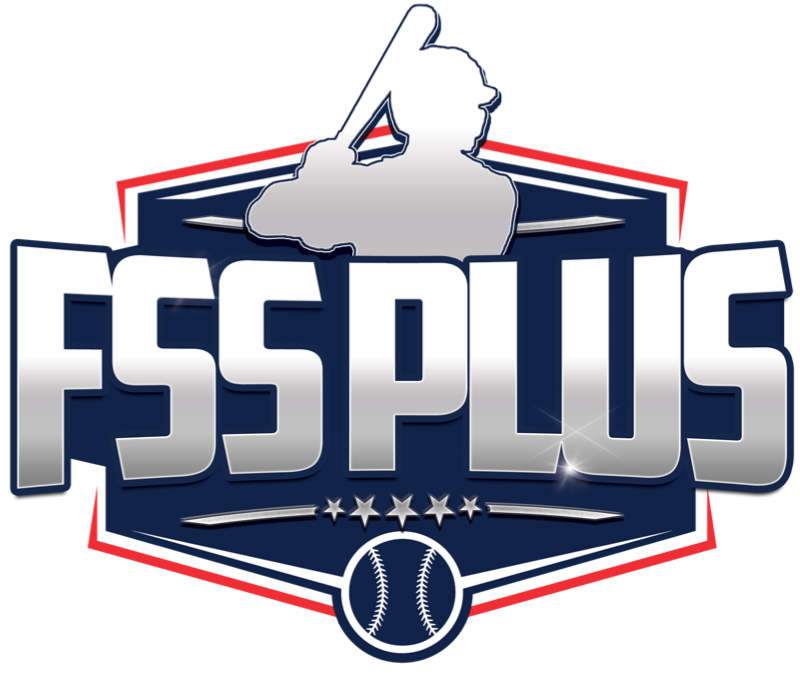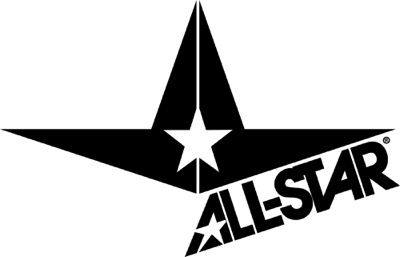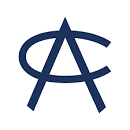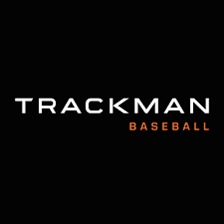The 2024 Preseason Top 30 lists are built around the idea of certainty and future Role. Similar to industry projection systems such as Future Value (FV), Overall Future Potential (OFP) and Grade, Role is a way to describe to what degree a player will add value to his organization at peak.
Our scale is a bit more conservative than other grading systems. We take into account recent seasonal performance, proximity to impact, metric/data analysis and industry conversations to build a case for the most likely outcome for any given player.
It is important to note these Role labels are fluid and can change as a player moves up the developmental ladder. It is not uncommon for a player to change his role projection over the span of even one month. Players jump from a Role 35 to a Role 40 quite quickly.
Things like mechanical adjustments and physical maturation can alter a player’s projection seemingly overnight. Players change. Keep that in mind.
Below is our Role chart used to place future projection on players.
| ROLE | DESCRIPTION |
|---|---|
| 20 | No organizational value. Non-prospect. |
| 30 | Organizational value, filler. Likely peaks at Triple-A or below. |
| 35 | Potential up-and-down, Quad-A prospect. Has some tools. Development necessary to secure prolonged MLB role. |
| 40 | Back-up at MLB level. No. 5 starter on non-competitive team. Depth. |
| 45 | Potential starter on contender. Bench player for championship-level team. |
| 50 | Starter on a championship-level team. Lacks star ceiling. Steady. Potential No. 4 starting pitcher. |
| 55 | Potential all-star. Some impact. Above average big-league regular. Mid-rotation starter on a contender. |
| 60 | All-star level player. Impact. Middle-of-the-order bat. No. 2 starter on good team. |
| 70 | Perennial all-star. Will contend for seasonal awards. Potential MVP/Cy Young upside. No. 1 starting pitcher. Ace. |
| 80 | Hall of Fame upside. Generational. MVP/Cy Young Favorite some years. Organizational pillar who can carry an entire franchise at times. |
You will not find players with a sub-50 Role on our Top 100 Prospect List. You are also unlikely to find any sub-35 Role players on a Top 30 board. Generally, organizations will have at least 30 players with big-league projection.
All rankings and roles by Joe Doyle
Player notes by Jason A. Churchill
The A’s have been replenishing their collection of young talent for three years now, starting with the trades of Sean Murphy and Matt Olson. Some of those returns, however, are already in the big leagues, including Shea Langeliers and Esteury Ruiz, and their current system status is not benefitting.
However, the organization has also added through the draft, and their best prospect is an international signing that could pay off in short order.
| RANK | PLAYER | POS | ROLE |
|---|---|---|---|
| 1 | Luis Morales | RHP | 55 |
| 2 | Tyler Soderstrom | C | 50 |
| 3 | Mason Miller | RHP | 50 |
| 4 | Jacob Wilson | SS | 50 |
| 5 | Lawrence Butler | OF | 50 |
| 6 | Denzel Clarke | OF | 50 |
| 7 | Max Muncy | SS | 45 |
| 8 | Darell Hernaiz | SS | 45 |
| 9 | Steven Echavarria | RHP | 45 |
| 10 | Joe Boyle | RHP | 45 |
Morales, 21, was the best arm in last January’s international signing period and pitched his way to four levels in his first season in pro ball. His upside as a frontline starter with a chance at four pitches makes him Oakland’s best prospect.
| AGE | LEVEL | ERA | RA9 | G | GS | IP | HR | BF | WHIP | HR9 | BB9 | SO9 |
|---|---|---|---|---|---|---|---|---|---|---|---|---|
The right-hander has been up to 99 mph, and mostly putched at 92-95 in 2023, often touching 96-97. Since he’s still developing physically — he’s added about 15 pounds since signing — it’s reasonable to believe he can firm up the fastball and live in the mid-90s.
The slider is the most advanced his secondaries and flashed plus last season. He finished 2023 strong walking just six batters in his final 19/1 innings (7.7%).
Soderstrom made his big-league debut last season and may start 2024 in the majors, and the questions about his defensive future, while significant, are overshadowed by his offensive projection as a cleanup-type bat with plus power.
Wilson, 22 in March, was the club’s first-round pick last July and has a shot to get to the majors quickly. He doesn’t carry big upside thanks to a lack of prijectable power, but he should hit for average and stay at shortstop, not to mention his chance to see the majors as early as 2024.
The script on Muncy flipped a bit in 2023 when the 2021 first-round pick hit .302/.387/.446 in 51 games in Double-A, perhaps showing signs the hit tool has developed beyond initial expectations.
Boyle made just three starts in Triple-A before making three with the A’s last September, showing No. 3 stuff, but back-end control. He’s up to 99 mph with two solid-average breakers.
| RANK | PLAYER | POS | ROLE |
|---|---|---|---|
| 11 | Daniel Susac | C | 40 |
| 12 | Jack Perkins | RHP | 40 |
| 13 | Gunnar Hoglund | RHP | 40 |
| 14 | Myles Naylor | 3B | 40 |
| 15 | Ryan Lasko | OF | 40 |
| 16 | Royber Salinas | RHP | 40 |
| 17 | Henry Bolte | OF | 40 |
| 18 | Joey Estes | RHP | 40 |
| 19 | Brett Harris | 3B | 40 |
| 20 | Ryan Cusick | RHP | 35 |
| 21 | Blake Beers | RHP | 35 |
| 22 | Jose Ramos | OF | 35 |
| 23 | Cole Miller | RHP | 35 |
| 24 | Clark Elliott | OF | 35 |
| 25 | Cooper Bowman | 2B | 35 |
| 26 | Hogan Harris | LHP | 35 |
| 27 | Colby Thomas | OF | 35 |
| 28 | Jacob Watters | RHP | 35 |
| 29 | Euribiel Angeles | SS | 35 |
| 30 | Brady Basso | LHP | 35 |
Susac, 22, has hit consistently since signing, but is in the midst of solidifying his catching mechanics and proving he can handle the position long term.
His bat-to-ball offers a relatively intriguing floor as a backup but his bat speed and power upside suggest more, even if he’s nothing more than a fringe defender. Swing development is key to unlock the raw power into game production.
Perkins will touch 97 mph and flash two average secondaries in a curveball and cutter, but has yet to throw consistent strikes and is high risk to end up in the bullpen. In such a role, he could see the bigs in 2024.
Hoglund was a first-round pick in 2021 and returned from UCL surgery late in 2022 with mixed results. It was more of the same last season, but he did get in 61 innings. He was never a real hard thrower, profiling more as a command-and-feel arm with multiple offspeed weapons, and now it’s about how well he can locate in order to show he’s a big-league arm.
Naylor, brother of Bo and Josh — each in the Cleveland organization — has flashed above-average hit and power potential to go with footwork, hands, and arm strength to stick long-term at third base. How well he can judge the zone will determine how quickly he progresses from the lower minors. It was a signifixant weakness in his first taset of pro ball last summer.
Lasko, like Naylor, was a 2023 draftee, but the Rutgers product barely got his feet wet after signing. He runs well and has the arm to play center or right. His ability to consistently find the barrel will be greatly improved as he learns to deal with breaking balls. There’s probably not enough power to suggest an everyday profile in a corner, but there are some A.J. Pollock vibes if you’re looking for an upside comp.
The 20-year-old Bolte has a chance at five average or better tools, including plus run and throw, and there’s above-average raw power to go get as he progresses through the minors. He’s also adept at using the backside with doubles pop. Bolte’s speed gives him a chance to play center, but there’s route work to do as he enters his second full season in pro ball.
Cusick, 24, was a power arm at Wake Forest sitting 95-98 mph and touching triple digits. Since being traded to Oakland in the Matt Olson trade, Cusick’s fastball has lost several ticks and his control remains well below average. Barring injury, we know there’s more velocity there, and the slider has been better as recent as 2021, but he appears to be a reliever-only prospect, which is where he may have landed anyway, but now he’s one lacking high-leverage projection.
Thomas‘ swing generates good bat speed and backspin, offering plus power to go with four other potentially-average or better tools. He can throw, run, and he profiles as a plus glove in a corner. He’ll have to make more contact, however, but if he can do that without reducing the effort in his swing he has a real chance to make in impact at the plate.
Watters, 23 in March, was a fourth-round pick by Oakland in 2022 and on the strength of a plus fastball and curveball combo may see the majors in 2024. If he does, however, it’s likely as a reliever, thanks to a lack of weapons versus left-handed batters and 30-grade control and command.
- Best available on day two - July 14, 2025
- MLB Draft: Mock Draft 4.0 - July 12, 2025
- 2025 MLB Draft: Top 615 Prospects - July 9, 2025















